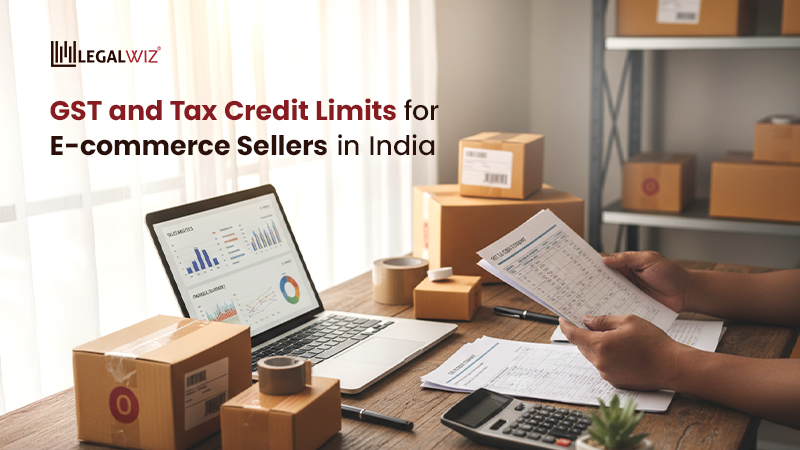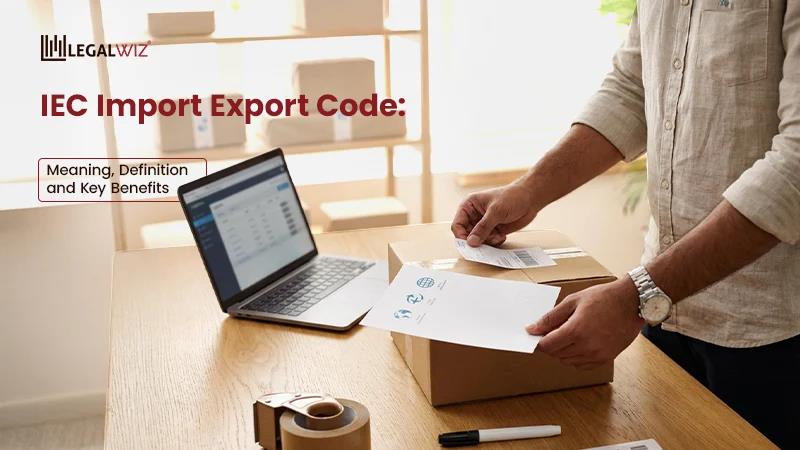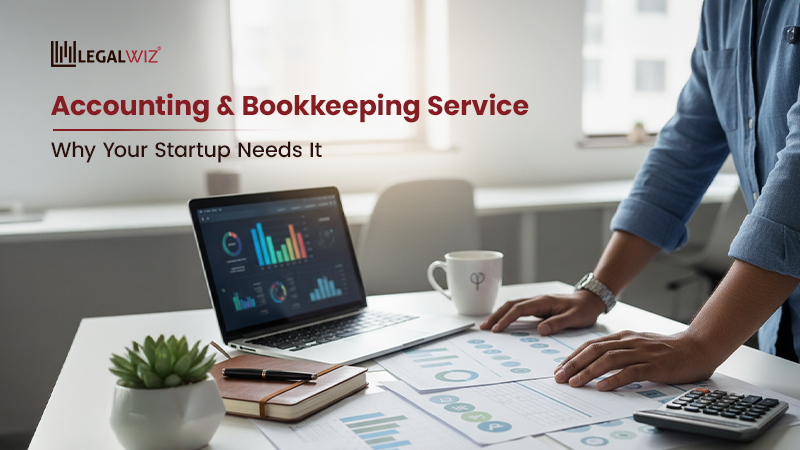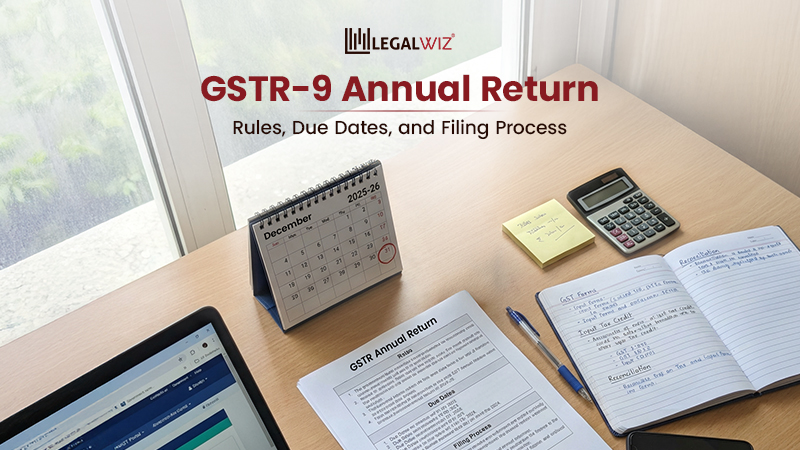All about GST and Tax Credit Online Sellers
E-commerce platforms such as Amazon, Flipkart, and
Snapdeal have grown quite rapidly. These platforms allow other merchants to
sell on their websites.
A trader must be registered to sell on these platforms
under GST. Here is a full guide for people who wish to sell products on any of
these platforms.
For
people providing services on platforms such as UrbanClap or providing food via
Swiggy or cab services via uber / ola, GST rules are distinct. This guide is
only available to people who sell goods on Amazon, Flipkart, Snapdeal, Udaan,
or Shopclues. Even if a person sells on their own website is not covered by
this guide, this person also has a general provision.
REGISTRATION
UNDER GST
Anyone interested in selling products on such platforms must register under GST and receive a GSTIN. Rs. 40/20/10 lakh caps do not apply to online transactions. You also can not register without a GSTIN on these platforms.
No
special registration form is required for online sales. A person with GSTIN
does not have to register again. Intimation / notice / change in registration
is also not required.
But such an individual must be registered under normal
arrangements. Registered individuals are not authorized to sell online.
Bear in mind when you register and read about online
sales, that the people who sell via this website are NOT e-commerce operators.
Amazon, Flipkart, etc. are the operators of e-commerce, not the individuals
selling. Therefore, you do not have any laws about the e-commerce operator.
Also, do not select an e-commerce operator when you file the registration form,
or you may encounter major problems.
GST RETURNS
The rules to file GST returns for online sellers are the same as for offline sellers. Currently, GSTR-3B is to be filed in various States on the following due dates per month (for turnover less than five crores):
| Name of States and Union Territories | Due date | Turnover Applicability |
| Chhattisgarh, Madhya Pradesh, Gujarat, Daman and Diu, Dadra and Nagar Haveli, Maharashtra, Karnataka, Goa, Lakshadweep, Kerala, Tamil Nadu, Pondicherry, Andaman and Nicobar Islands, Telangana and Andhra Pradesh | 24th of the next month | Below 5 Cr. |
| Jammu and Kashmir, Ladakh, Himachal Pradesh, Punjab, Chandigarh, Uttarakhand, Haryana, Delhi, Rajasthan, Uttar Pradesh, Bihar, Sikkim, Arunachal Pradesh, Nagaland, Manipur, Mizoram, Tripura, Meghalaya, Assam, West Bengal, Jharkhand and Orissa | 24th of the next month | Below 5 Cr. |
| All States & UTs | 20th of the next month | Above 5 Cr. |
The due date to file GSTR 3B is the twentieth of the next
month for GST registrants with a turnover above five crores per year.
GSTR-1 should also be submitted by the end of the coming
month for each section. Persons over 1.5 crores in turnover shall file GSTR-1
monthly by 11th of next month at the latest. A person with a turnover of less
than Rs. 1.5, can voluntarily choose to file GSTR-1 monthly and can not be
altered for that year until the turnover has been determined.
A significant point to remember here is that even though
no transaction happens, GST returns must be filed from the registration month.
Zero return, in other words, must be charged, since a fine is payable otherwise.
The
sellers online will be asked to file the new system Normal Report (GST RET-01),
which was to be launched in April 2020, but will be delayed due to the lockout
of the new system. If turnover is up to Rs. 5 crores, otherwise monthly
submission is required the usual return must be filed quarterly.
WHO HAS TO PAY GST?
One general question each new seller asks is who will pay
GST? Amazon or the retailer who is selling it. The response is that the seller
charges GST on sales made.
The idea is the seller directly to a buyer. Amazon is
just like a commission agent. And the seller must pay GST, not amazon.
The GST calculation method is given in this article.
COMMISSION
AND ITS INPUT
The online marketplace charges the seller for a portion of the purchase price. The proportion depends on the network and also on the product type. GST @ 18% is paid for such a fee by the site, and the seller will claim the input tax credit for such GST.
The
platform can also issue contract credit notes or other charges. GST shall be
deducted on such a credit note from the GST of the invoice for the input tax
credit that can be sought.
The network also issues shipping charges invoices,
advertising charges, and other costs. Of all these costs, the input credit may
be asserted.
INVOICING TO CUSTOMER
As mentioned above, the seller sells the commodity directly to customers. The seller must, therefore, issue a GST invoice online to customers with details such as customer name, address, product information, quantity price, GST number, etc.
While
companies must issue invoices directly to customers, almost all large platforms
have facilities to produce invoices from their website. Seller just needs to
print the invoice and submit it to the vendor.
TCS
AND HOW TO CLAIM IT
Amazon, Flipkart will subtract TCS from the amount you pay at a rate of 1 % of the total sale price. This TCS can be asserted by online sellers as an input tax credit. The TCS is shown in the online TCS statement status which will suit and accept the TCS with the actual sales reported in this paragraph. Then the TCS balance is added to the person’s cash ledger.
SELLING
OF PRODUCTS WITHOUT GSTIN
You can only sell online without GST if you sell exempt
products. If you sell items that are subject to GST, you must have a GST number
that you can sell online. You will take GSTIN even if you have less than 20
lakh turnover.
BUYER
TO TAKE CREDIT OF THE TAX PAID
Few portals like Amazon and PayTm give the option to buy
to add his GSTIN. But a few other famous portals don’t offer that choice. GSTIN
is compulsorily required invoices to allow buyers to take GST input tax credit.
SELLER’s
SALES AMOUNT
The amount payable by e-commerce operator is equal to the
sales amount less commission less packaging and shipping fees less TCS fees (if
any) less godown storage fees (if any).
CALCULATION
OF GST PAYABLE BY SELLER
GST owed on sale products is equal to GST minus any
available input tax credit. GST payable on the purchase of goods, fee invoices,
advertisement invoices, and distribution invoices is the specific input tax
credit.

Labdhi Kochar
Labdhi Kochar is a legal whiz who makes startup laws sound almost fun (yes, really!). With expertise in business structuring, fundraising, and IP rights, she helps entrepreneurs turn their ideas into well-planned, legally sound ventures. Whether she’s building rock-solid business structures or simplifying compliance jargon, Labdhi believes legal knowledge should be practical and accessible. When she’s not decoding legal complexities, you’ll probably find her indulging in her true passion-shopping like it’s a full-time job!







